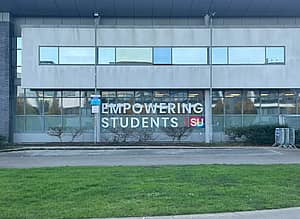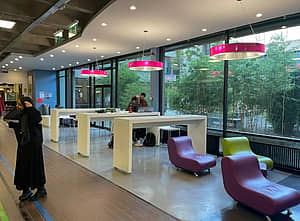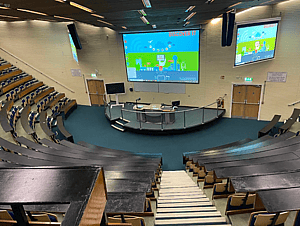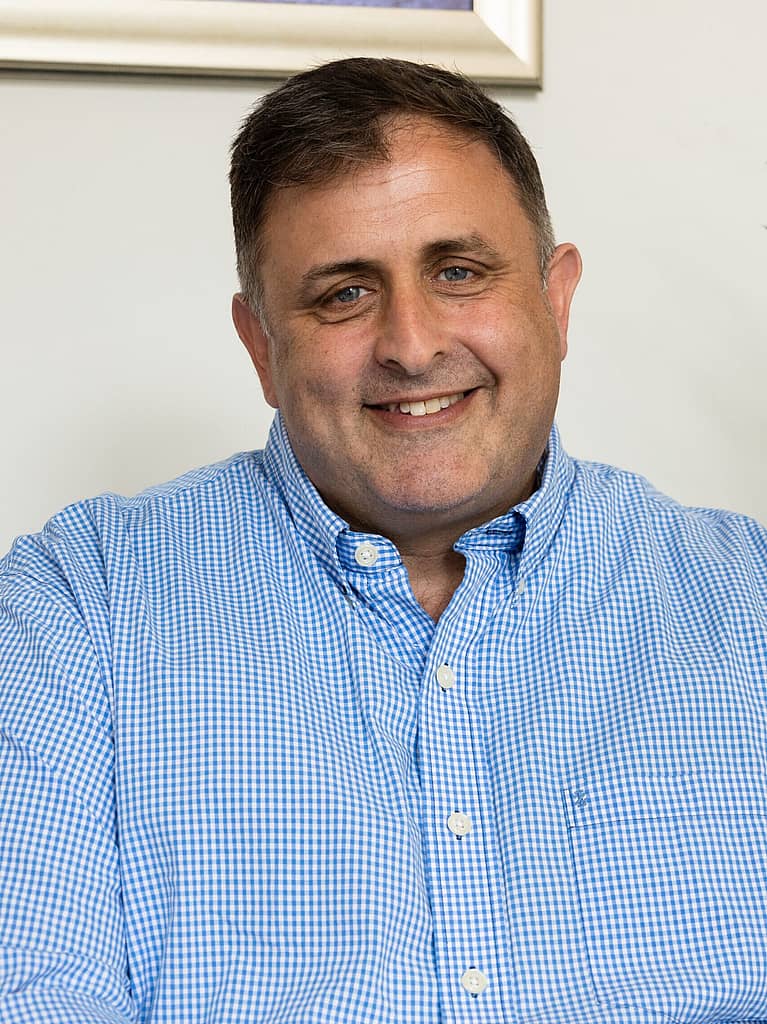Ireland’s major cities are smaller and easier to navigate than many of the world’s other major cities, yet they are also vibrant and culturally sophisticated. A walk through Dublin will combine ancient history with thriving commerce and cultural liveliness, and yet you will not see a high-rise building anywhere in the city.
The major universities in Ireland are known particularly for access to excellent research opportunities, and Ireland’s top universities are regularly ranked in the top 1% of the world’s universities for research. Additionally, many of the world’s leading companies have a presence in Ireland, from tech giants like Meta, Apple, and Google to Pharmaceutical and medical leaders including Pfizer and Genzyme. Ireland’s economy is one of the fastest growing in the Eurozone. And yet, for all that access to global commerce, the historic significance of the country’s contributions to literature, music, art, and film, and the unmistakable sense of community that characterizes Irish culture, are impossible to miss as you spend time coming to know the country. It is a very unique place to study, and to live.
There are many international students studying in Ireland, and the requirements for obtaining a student visa are very straightforward, though securing housing may take time and can prove a challenge, particularly in Dublin. The Irish government also offers stay back visas, one year for Bachelors recipients and up to two years for Masters students, and many international students stay in Ireland to begin their careers after their studies.
Recently, several of my colleagues and I had the chance to visit Dublin, and to get to know arguably the two top universities in the Emerald Isle: Trinity College Dublin and University College Dublin.
Trinity College is one of the most culturally significant universities in the Eurozone, and is the home of the Book of Kells, which has been housed on campus since the mid-17th century. Originally founded exclusively for the Protestant elite class, the college existed nearly 200 years before the first Irish Catholic student attended. Trinity now boasts students from over 110 countries from around the world. In addition to its famed programs in Literature and the social sciences, Trinity boasts one of the top ranked business schools in Europe as well as excellent programs across disciplines from biomedical sciences to engineering, all in one of the continent’s most unique and historic cities. The campus is breathtaking, and one can feel the weight of deeply significant history with every step on the hallowed grounds. Famous alumni range from Oscar Wilde, William Butler Yeats and Jonathan Swift to Samuel Beckett and Bramm Stoker. Trinity is the one Irish university among the League of European Research Universities.
University College Dublin is over twice the size of Trinity, with 38,000 students from 152 countries, and from its founding was focused on being an accessible education for every segment of Irish society. UCD now boasts rankings in the top 1% of global research universities, and among the top 1% of higher education institutions worldwide. Since 2012/13 UCD researchers have secured over €1 billion in grants from international companies, funding agencies, and foundations. Their research underpins national research and technology institutes and centers, including the SFI funded Insight Centre for Data Analytics, Food for Health Ireland, Irish Centre for Research in Applied Geosciences (iCRAG), CeADAR Centre for Applied Data Analytics and Machine Intelligence, BiOrbic, Bioeconomy SFI Research Centre, and I-Form Advanced Manufacturing Research Centre. The campus is distinctly modern in its feel, and the spaces are open and collaborative. If Trinity is Ireland’s Cambridge or Oxford, UCD is far more open, public, and modern in its feel, but no less consequential.
We encourage our students to consider Ireland, and not just these two institutions but others from Cork, to Galway, to Limerick and more.
Trinity:
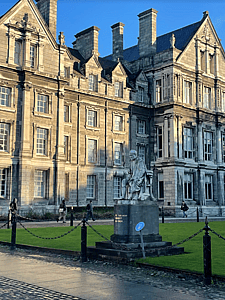
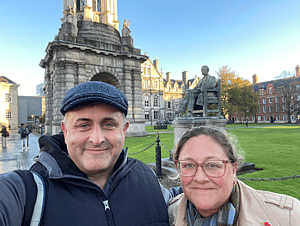

UCD:
